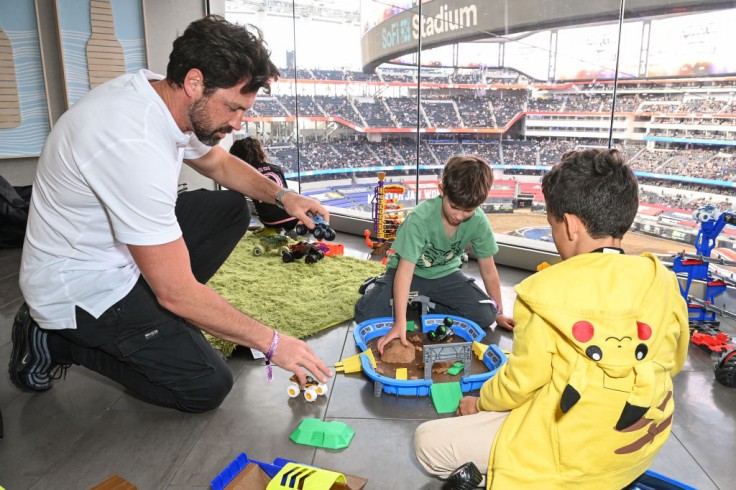
ADHD cases in the U.S. have risen essentially. As of 2022, roughly 1 in 9 kids had been diagnosed with ADHD at some point, with around 6.5 million kids ages 3 to 17 affected, up from 5.4 million in 2016, according to research issued Wednesday.
The Centers for Disease Control and Prevention declares that ADHD is "one of the most common neurodevelopmental disorders of childhood." It is commonly defined as inattention, overactivity, and impulsivity.
Main Reason for the Rise in ADHD Cases in the US
Melissa Danielson, the study's lead author and a statistician at the CDC, specified two main causes for this rise: enhanced knowledge among doctors, parents, teachers, and kids, making it easier to determine ADHD manifestations, and the accessibility of more medications, persuading more testing and diagnoses.
"There are more providers now comfortable with diagnosing and treating ADHD, offering children various medications, behavior therapy, and school services, providing more incentive for obtaining such a diagnosis," Danielson explained.
Danielson also noted that the pandemic might have expanded ADHD manifestations or made them more evident to parents.
The research circulated in the Journal of Clinical Child & Adolescent Psychology, drew on over 45,000 reactions from the 2022 National Survey of Children's Health.
Mental health professionals like Dr. Willough Jenkins of Rady Children's Hospital-San Diego verified the findings associated with their examinations, especially regarding enhancing diagnosis in girls and older children.
ADHD, one of the most typically diagnosed neurodevelopmental disorders in kids and teenagers, has seen ascending cases for decades due to a rise in knowledge.
The disorder commonly involves challenges concentrating, sitting still, or exercising self-control, with manifestations shifting from hyperactivity in younger kids to inattention in adolescence.
Some Experts Believe that Pandemic Probably Sped Up ADHD Diagnoses
Other experts agree that the pandemic likely accelerated ADHD diagnoses. Thomas Power of the Children's Hospital of Philadelphia pointed to the stresses of remote learning and disrupted routines exacerbating symptoms, while Yamalis Diaz of NYU Langone's Child Study Center suggested that parents' increased observation time at home contributed to more diagnoses.
Jenkins warned of potential misdiagnoses during the pandemic due to overlapping symptoms of anxiety and depression. Social media discussions about ADHD also increased, possibly leading to more self-diagnoses among older children.
Excessive screen time, linked to a higher risk of ADHD in some studies, might also contribute to the trend, according to Power.
Changes in diagnostic guidelines from the American Psychiatric Association have also played a role. Since 2013, children can be diagnosed with both autism and ADHD, and the age criterion for symptoms was adjusted, broadening the scope for diagnoses and treatment access.
Despite the rise in diagnoses, the new study revealed that 30% of children with ADHD in 2022 did not receive behavior therapy or medication, up from 23% in 2016.
Danielson attributed this partly to disrupted access to school-based therapy during virtual learning and ongoing ADHD medication shortages reported by the FDA.
Diaz emphasized that accessing ADHD treatment remains challenging, with long waiting lists even in well-served areas like New York City.
Related Article : ADHD Medication Shortages in US Resolved; Doctors and Patients Still Face Challenges Filling Prescriptions